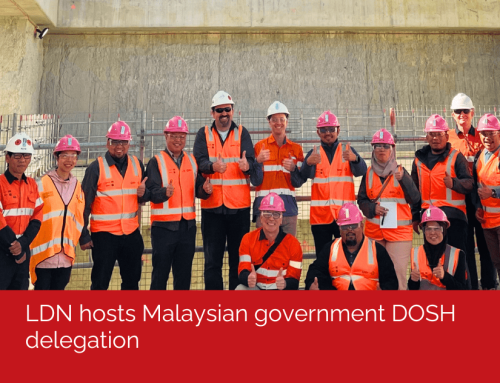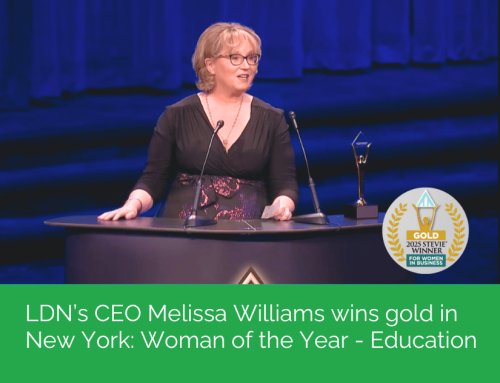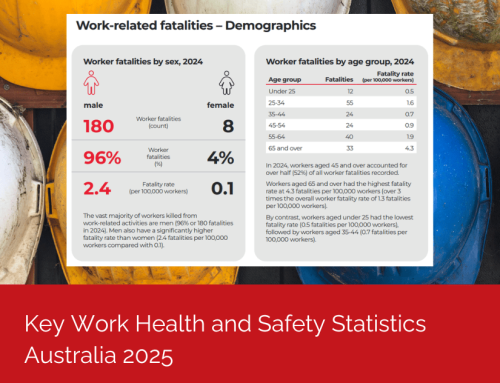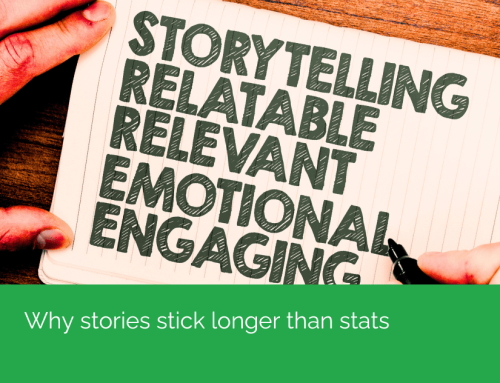
In the Chinese zodiac, the snake symbolises transformation, adaptability, and evolution—thriving by shedding its skin.
Most organisations talk about leading innovation, leadership, and workplace safety, but the big question is: how can we let go of what’s not working to create safer, more effective workplaces?
The challenges of 2025 demand more than small adjustments. Leadership burnout, staff turnover, compliance failures, psychosocial hazards, and escalating safety risks can be complex problems that won’t be solved by the “this is how we’ve always done it” mindset.
The best leaders don’t just ask, “What’s working?”—they ask, “What needs to change?”
Here are 20 tough questions to help you challenge outdated practices, rethink leadership approaches, and learn from the past. Use them to identify what to shed, transform or improve—so your organisation doesn’t just keep up but leads the way.
Reflecting on these questions will help you uncover what needs to evolve and where change is most needed. It’s not about discarding everything, but about understanding what’s working, what’s not, and making the right adjustments.
When leaders commit to transformation, they create workplaces where people feel safe, valued, and ready to thrive.






